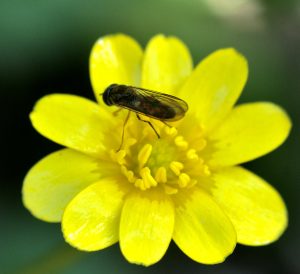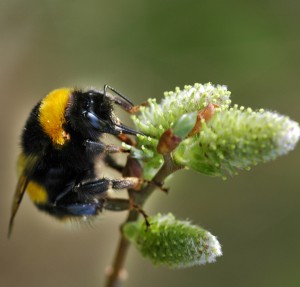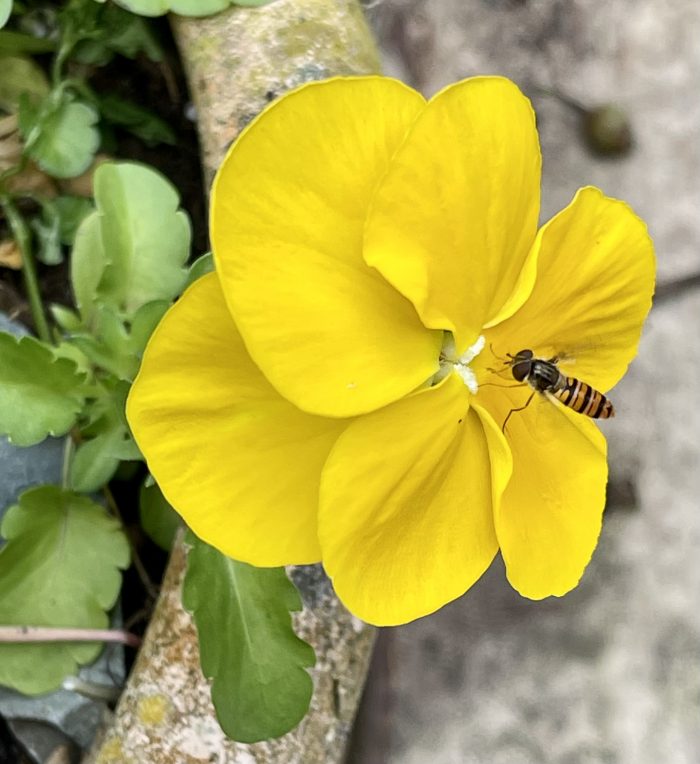Pollinator preferences

It would seem that pollinators have ‘favourite plants’. Research centred on the National Botanic Garden of Wales has looked in some detail at the foraging habits of bees, bumblebees, hover flies and solitary bees - our most important pollinators.
Dr Abigail Lowe identified the plants that the insects were visiting by analysing the DNA from pollen grains on their bodies (a process known as DNA barcoding).
It is clear that the ‘preferences’ of the insects change with the seasons and indeed the availability of particular flowers. In Spring, nearly all the pollinators frequent buttercups, lesser celandines and dandelions (all brightly coloured yellow flowers). Come the summer, honey bees and bumblebees tend to favour thistles, knapweeds and brambles, whilst hover flies may be seen on hogweeds and angelica plus thistles and knapweeds. In autumn, the bumblebees can be see visiting asters (Daisy family flowers) and brambles.
Full details of her work can be found here :
 There are also suggestions on how to help pollinators in your garden, such as
There are also suggestions on how to help pollinators in your garden, such as
- encourage buttercups and dandelions by reducing mowing (in the Spring)
- plant late flowering daisy type flowers
- encourage some bramble (you might get some blackberries, in return)
- reduce the use of chemicals (especially pesticides and herbicides)
- hoverflies can be encouraged by damp, wet areas and rotting wood
and these suggestions would also work in a woodland.

Marmalade hover fly
Comments are closed for this post.
